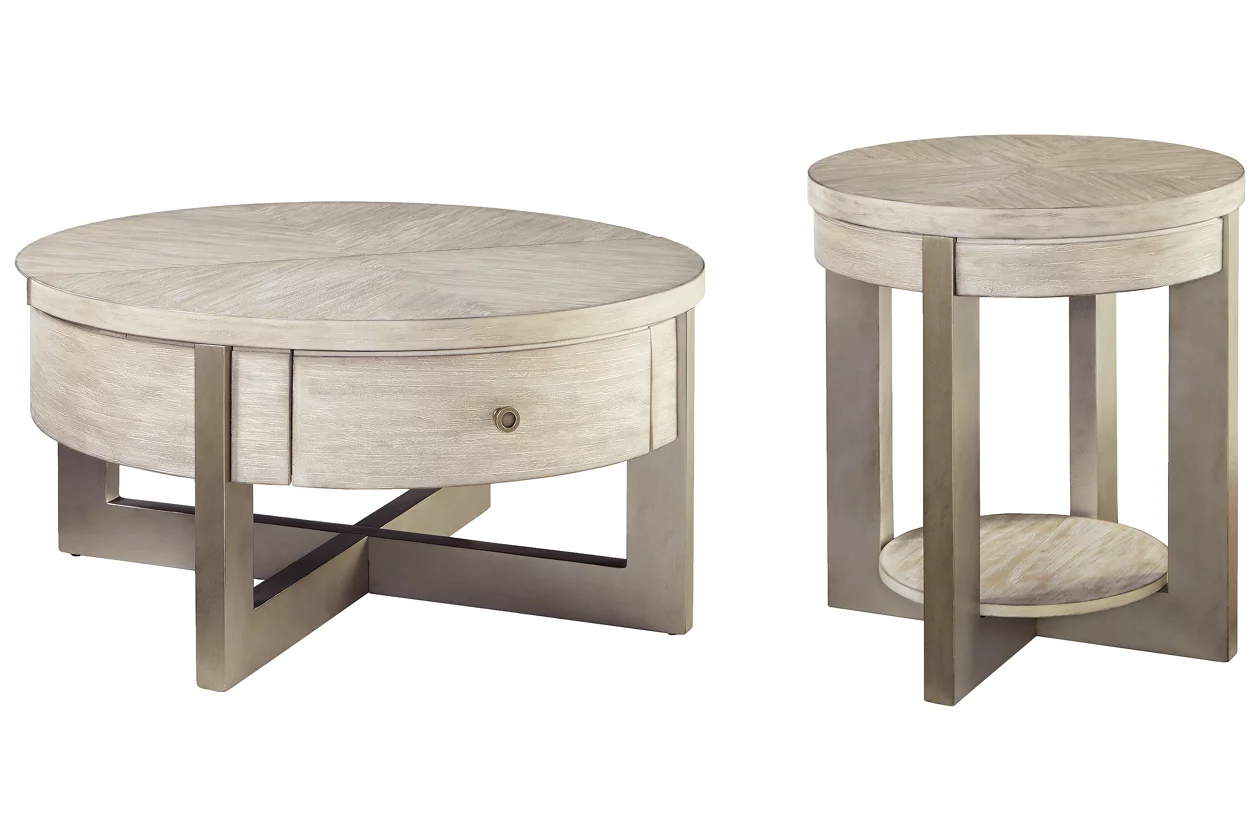Ur Occasional

Ur Occasional Bed

Sometimes your doctor might ask for a sample of your urine – or ask you to “pee in a cup.” The test that evaluates what is in that sample is called a urinalysis. Your doctor might use a urinalysis to keep up with your general health or help detect a host of disorders, including kidney disease, diabetes, urinary tract infections and more.
Ur, important city of ancient southern Mesopotamia (Sumer), situated about 140 miles (225 km) southeast of the site of Babylon and about 10 miles (16 km) west of the present bed of the Euphrates River. In antiquity the river ran much closer to the city; the change in its course has left the ruins. Amorphous urates are crystals that are commonly found in the urine of healthy individuals, according to Lab Tests Online. They usually develop as a result of the refrigeration process of the urine sample and don't have any diagnostic implications, notes Med-Health.net. Employees must park in their assigned lot Monday through Friday. Download the UR Mobile app for lot availability and parking overflow in real time. Parking Availability UR Mobile. UR Mobile is the University’s mobile app that provides on-the-go access to lot availability, maps, bus tracking, and other resources.
A urinalysis is a detailed examination of the urine. This includes an examination of the appearance and concentration, as well as sophisticated tests that separate out the contents and catalogue them in a laboratory report. When you give a urine sample, sometimes it doesn’t go directly to the lab. If it can’t be analyzed right away, the sample is preserved in a refrigerated container.

When the urine is refrigerated, amorphous urates might develop in the sample. This is detected when the urine is put through a centrifuge, which is part of the analysis process. Tiny pink pellets will appear during this process. When the urine is examined under a microscope, these amorphous urates might appear as particles that are yellow or yellow-brown in color.
Many patients will see a note of amorphous urates on their laboratory results. Since the name sounds very clinical, it can understandably cause concern for patients. However, this is an extremely common finding that has nothing to do with your body, but rather, with the refrigeration process of the urine sample.


Ur Occasional Meaning
This substance can sometimes “stick” to mucus threads or casts in your urine, thus making diagnosis of the real problem a bit trickier. Fortunately, laboratory professionals have ways to separate the amorphous urates from the other parts of the urine, thus giving a more accurate picture of what your health is really like.